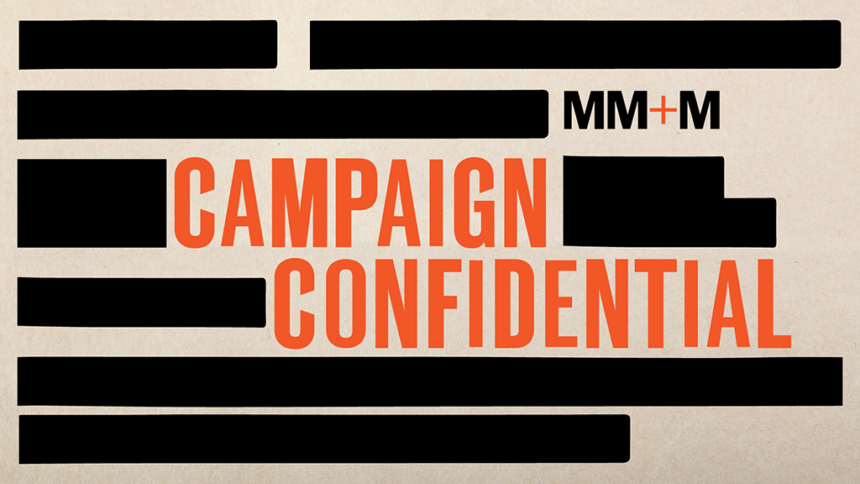When Buffalo Bills safety Damar Hamlin collapsed from cardiac arrest during Monday Night Football on January 2, millions of viewers were horrified, concerned and hoping for a full recovery for the player.
Fortunately, Hamlin was discharged from the hospital one week later with no apparent neurological damage. The positive outcome is due almost entirely to the fact that medical assistance was available immediately. In Hamlin’s case, he received defibrillation, which raises the survival rate from cardiac arrest to 41%.
Minutes count in these trying situations, with brain damage likely if a person is in cardiac arrest for 4 to 6 minutes without CPR. Despite the fact that it can truly save lives, less than 3% of Americans receive CPR training every year.
Hamlin’s incident has provided a renewed emphasis on CPR, which is the focus of a campaign from Safety Saints and The BAM Connection that encourages people to be trained in CPR and other lifesaving skills.
The campaign’s short-form videos and photos with short taglines go for an immediate punch, delivering powerful messages that often combine humor and education.
“Because it takes at least 7 mins for help to arrive,” reads one—in short, longer than the window before brain damage is likely.

Rob Baiocco, the founder and chief creative officer at The BAM Connection, a Brooklyn-based creative agency, talks about the significance of the campaign within the context of his career.
“My goal is always to incite behavior change with everything we’re doing. In advertising that can be, ‘Hey, eat another Pringle,’” he says. “But here’s a behavior change that matters in life. You do a lot of stuff to sell things and I enjoy that and I think there’s merit in that. Here, we can save lives and help people.”
Safety Saints was founded in 2021 with the goal of partnering with nonprofits and local businesses to provide training in CPR, first aid and other health and safety protocols.
“We wanted to raise recognition of our offerings and that we were here,” Jennifer John, chief operating officer of Safety Saints, explains about the current campaign.
For many people, when they think about CPR training, their mind goes first to organizations like the Red Cross or the American Heart Association. John calls both of them “amazing organizations,” but sees Safety Saints as a helpful additional option.
“Our clients are appreciative of our approach to personalizing the training towards their schedule and their staff,” she says.
John adds that the training fees of those larger organizations are often higher, making it cost prohibitive for many nonprofits and community programs, which play an essential role in reaching underserved communities.
“These programs are not as available in communities of color or communities experiencing high rates of poverty,” she adds. “That’s why we set ourselves up to be able to work with nonprofits.”
In the wake of the Hamlin incident, John says Safety Saints saw a spike in interest in CPR training on social media, particularly among individuals on Facebook as well as companies and organizations on LinkedIn. Much of the discussion generated by the Safety Saints/The BAM Connection videos may result in companies approaching other organizations in the end, and John is good with that.
“Of course we want people to train with us, but we also recognize that we’re not in every market,” she says. “Encouraging people to train at this moment, when the benefits of CPR are so clear, is a real opportunity.”
The BAM Connection’s work for Safety Saints included a redesign of the nonprofit’s website, unveiled last September. Baiocco modestly describes it as “a refresh,” but John says it’s so much more.
“[They] added a lot of functionality,” she says. “We had a shoestring budget and a site with basically a landing page and a donation page. They helped us to build it out and get the key points out there that we wanted to communicate around our trustworthiness and expertise.”
Still, increasing the number of people who receive CPR training faces a number of challenges. Among them John cites a squeamishness or even a certain denial on the part of many when it comes to thinking about these incidents as well as limited budgets for this sort of training on the part of employers, a situation that is more marked in underserved communities.
Additionally, there are pandemic-related fears around the transmission of COVID which created additional challenges. She hopes, however, that a message built around both individual empowerment and being an engaged member of one’s community will resonate.
“CPR training is for me and my community,” she responds when asked what the main takeaway of their current campaign is. “I’m going to find a class and I’m going to bring other people with me so that we’re all prepared.”







